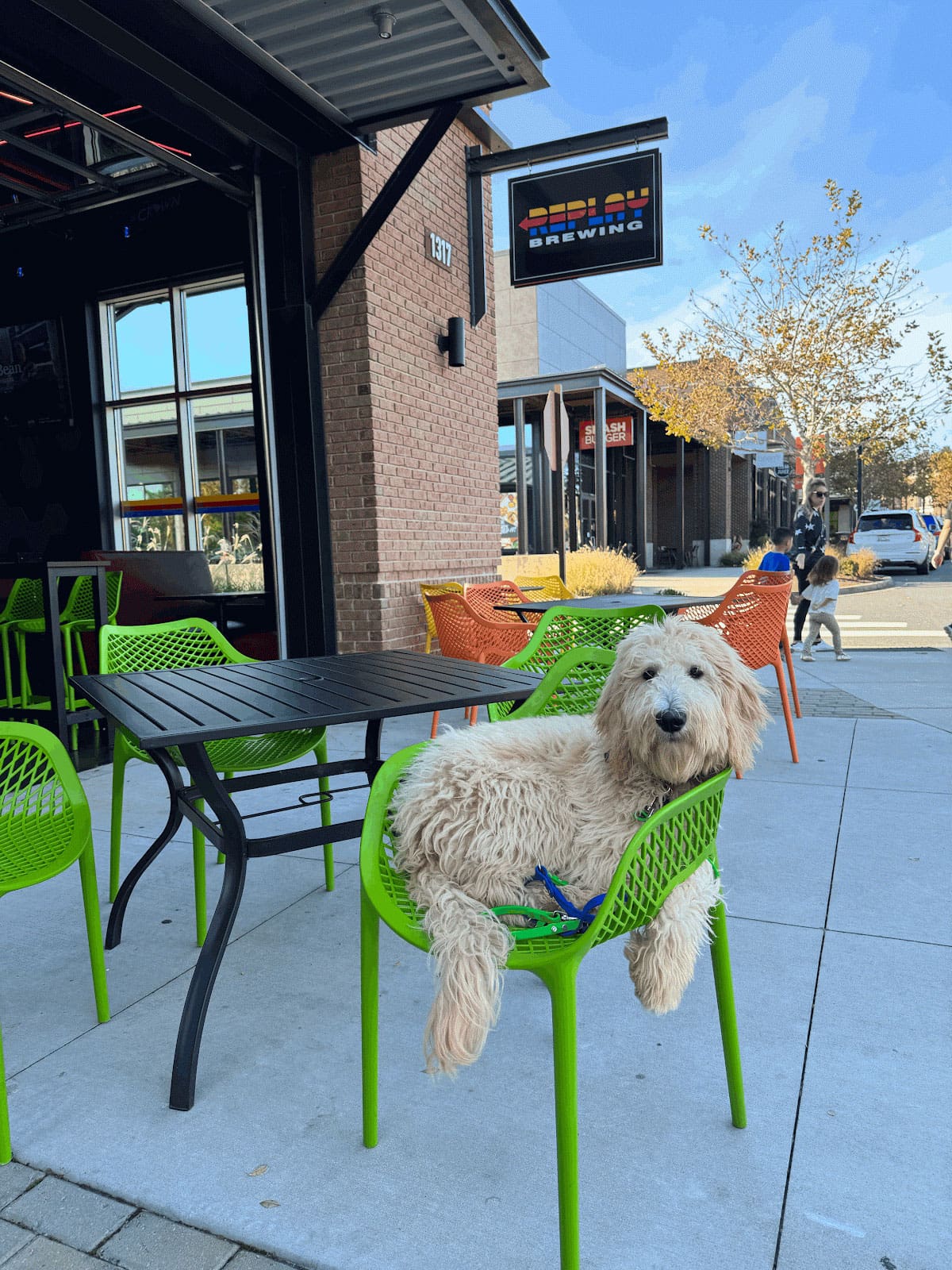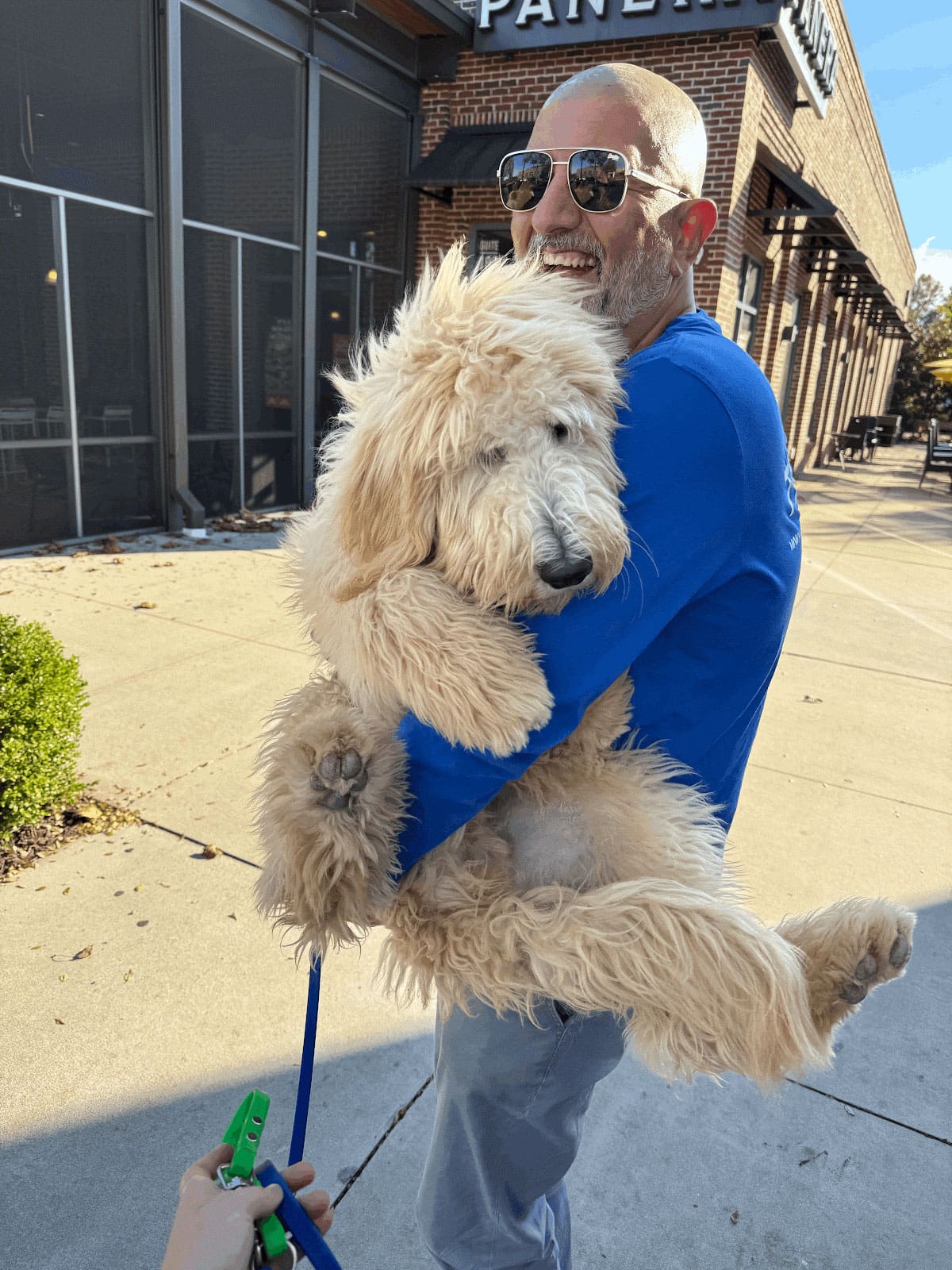Training your dog is about more than just teaching commands—it’s about building trust, creating structure, and strengthening your bond. A well-trained dog is a happy and confident one, but successful training requires patience, consistency, and the right approach.
To help you and your pup succeed, here are the key do’s of dog training.
1. Do Be Consistent
Dogs thrive on consistency. They learn best when commands, rewards, and expectations remain the same.
✅ Use the same cues – If you say “sit” one day and “sit down” the next, your dog might get confused. Stick to clear, consistent commands.
✅ Be uniform with rules – If jumping on the couch is allowed sometimes but not others, your dog won’t know what to expect. Set firm, fair rules.
✅ Ensure the whole family is on board – Everyone in the household should use the same words and training methods to avoid mixed signals.
2. Do Use Positive Reinforcement
Dogs learn best when good behavior is rewarded. Positive reinforcement encourages them to repeat desired actions.
✅ Use treats, praise, and play – Reward your dog when they follow a command or display good behavior.
✅ Give rewards immediately – Timing is key! Reinforce the behavior within seconds so your dog makes the right connection.
✅ Be enthusiastic – Your excitement and encouragement motivate your pup to keep trying.
3. Do Keep Training Sessions Short and Fun
Training should be engaging, not overwhelming. Short, enjoyable sessions keep your dog’s attention and help them retain what they’ve learned.
✅ Train in 5-10 minute intervals – Dogs, especially puppies, have short attention spans.
✅ End on a positive note – Always finish with a successful command to keep your dog feeling accomplished.
✅ Incorporate play – Mixing training with fun keeps your pup excited to learn.
4. Do Start in a Distraction-Free Environment
Begin training in a quiet space where your dog can focus before introducing distractions.
✅ Start indoors – Teach new commands in a calm environment before moving outside.
✅ Gradually increase difficulty – Once your dog understands a command, practice in different settings with mild distractions.
✅ Be patient in public spaces – Dogs need time to generalize commands in new environments.
5. Do Practice Every Day
Repetition is key to reinforcing training and keeping skills sharp.
✅ Make training part of daily life – Ask your dog to “sit” before meals or “stay” before heading out the door.
✅ Use real-world training – Practice commands on walks, during playtime, and in new locations.
✅ Keep training ongoing – Even after your dog learns a skill, reinforce it regularly to maintain good habits.
6. Do Read Your Dog’s Body Language
Understanding how your dog feels during training helps you adjust your approach.
✅ Watch for stress signals – Yawning, lip licking, and avoidance can mean your dog is feeling overwhelmed.
✅ Take breaks if needed – If your dog is frustrated, step back and try again later.
✅ Celebrate small wins – Recognizing progress keeps your dog motivated and eager to learn.
7. Do Set Your Dog Up for Success
Training isn’t just about correcting mistakes—it’s about giving your dog the tools to succeed.
✅ Start with achievable goals – Teach one command at a time before moving to more complex behaviors.
✅ Use proper timing – Reinforce good behavior as it happens to help your dog understand what’s expected.
✅ Stay patient – Every dog learns at their own pace. Progress is progress, no matter how small.
Final Thoughts: Training Should Be a Positive Experience
Dog training is a journey, not a race. By using patience, consistency, and positive reinforcement, you’ll build a trusting relationship with your dog while teaching them valuable skills.
Opening Hours
M-Sa: 10am - 7pm
Address
1111 Central Ave., Charlotte, NC 28204
Phone
844 864 3647



